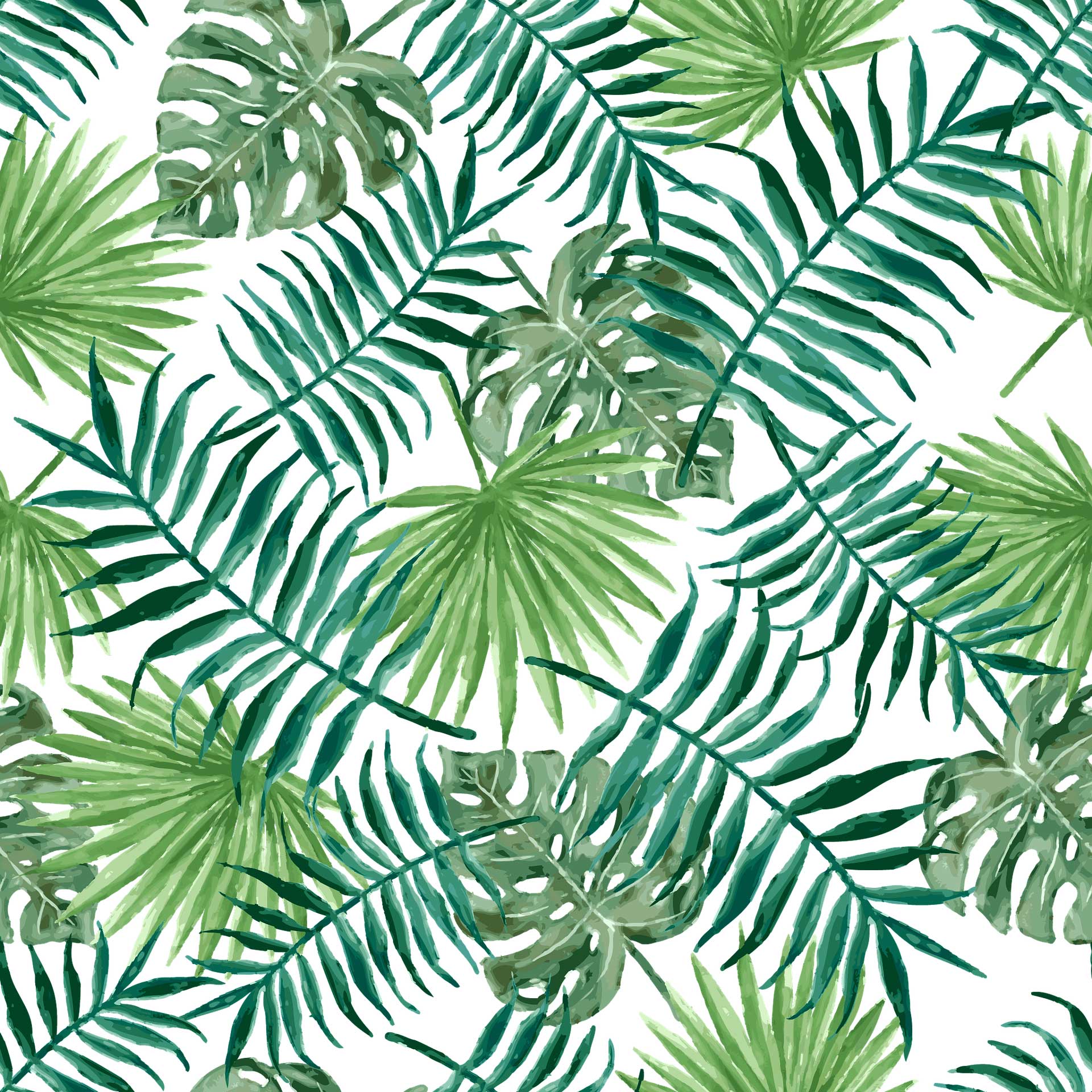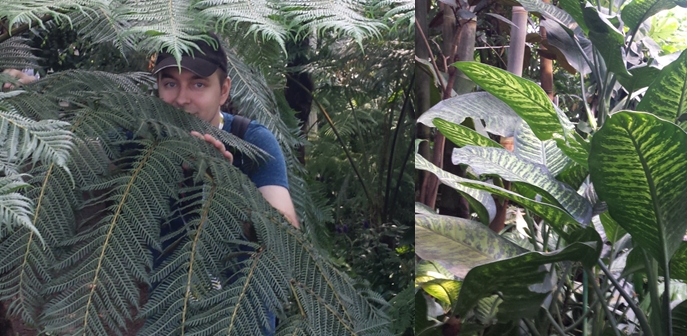
I was in the botanical garden in Vienna, so I saw some of tropical vegetation there.
Here are some of the most common and famous fruit that grow on tropical islands:
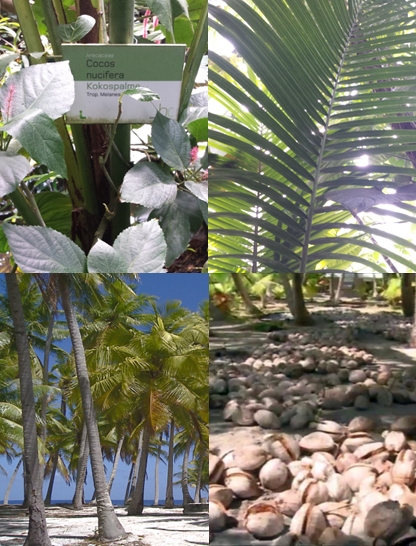
(Coconut palms at Pinaki Atoll and lot of coconuts for kopra on AkiAki Island, French Polynesia)
Cocos Nucifera or Coconut as we know it. It is a woody plant from the palm family that is widespread in the tropics, especially on the shores and islands of the Pacific and Indian Ocean. Its name comes from the Greek word coco (grain, fruit). By that name, the coconut palm tree is known everywhere, and is used everywhere in the world. It is multifunctional – it serves both as food and as drink, as clothing, construction materials and raw materials for many products of the modern industry. There is a lot of use in the islands because there is no water in many islands, so Coconut water is a good first aid. Its shell is well flammable, for thermal energy. It is also used as a fuel, so it is one of the main and irreplaceable plants there. Dried coconuts are sold as Copra massively in the Pacific.
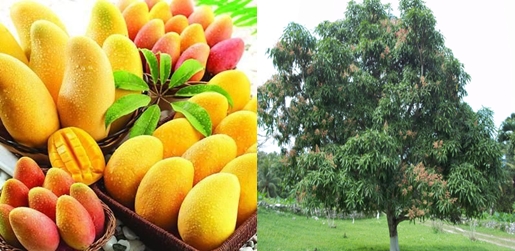
Mango is often planted in the islands. The mango trees grow to 35–40 m in height, with a canopy range of 10 m. The trees are long-lived because some specimens still give birth after 300 years.
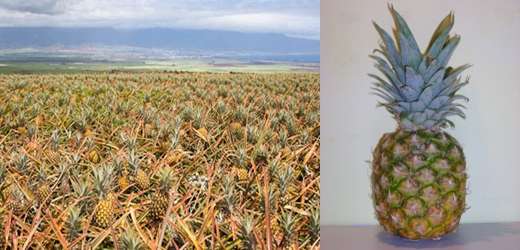
Pineapple (Ananas comosus) is a tropical plant with edible fruit. Pineapple is eaten fresh or canned, and can also be found in the form of juice or as an ingredient in mixed juices. It is used for desserts, salads and fruit cocktails, and in some cultures as a side dish for meat dishes. Pictured is a pineapple farm in Maui, Hawaii.
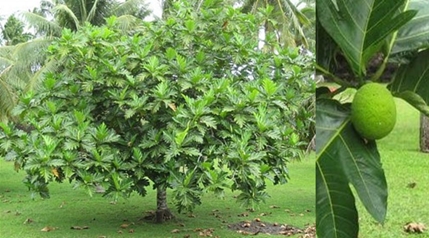
Bread fruit (Lat. Artocarpus altilis) is a species of flowering tree from the mulberry family. There are about 60 types of bread. Originally from the South Pacific. It can grow from 12 to 18 meters. The leaves of this plant are like fig leaves. Annually, it can grow from 400 to 800 fruits on a single tree. This groceries is staple food in the tropics. Rarely when eaten raw so it is more often fried, cooked or baked. The examples in the picture are from Wallis and Futuna.
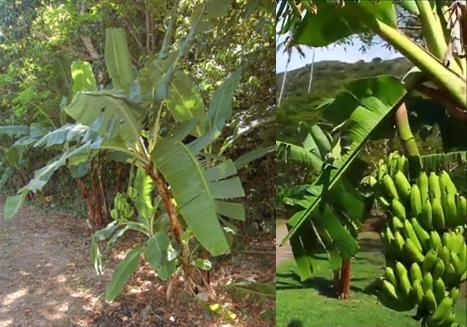
Banana is an edible fruit, which from a botanical point of view is berries. It is the fruit of several large herbaceous secretions of the Musa genus. The natural habitat of the Musa species is the tropical regions of Indo-Malesia and Australia, and it is assumed that the domestication originally occurred in Papua New Guinea. Bananas are grown primarily for the sake of the fruit, and to a lesser extent for the production of fiber, wine and beer, or as ornamental plants. Pictured are Fiji bananas, left – from Katafanga Island, right – from Kanacea island.

Citrus – Citrus fruits consists of oranges, grapefruit, tangerines, limes, and lemons. Brazil, China, the United States, and Mexico are among the world’s top citrus producing countries. The Citrus industry in the Caribbean is a major one in the Caribbean. The Caribbean countries which export citrus fruit are Belize, Jamaica, Puerto Rico, Guadeloupe, Dominica, Martinique & Trinidad & Tobago.
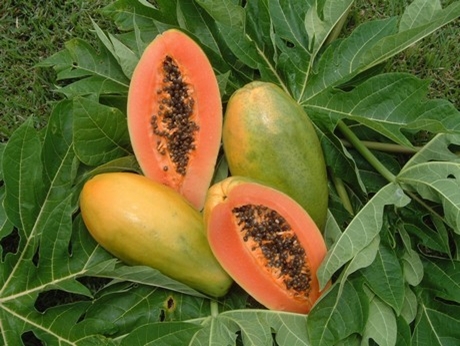
Papaya (Lat. Carica papaya) is a woody plant from the Caricaceae family. Originally from the tropics of America. It was first cultivated in Mexico, and is currently cultivated in most tropical countries.
Papaya grows like a tree, with a tree height of 5-10 m. The leaves grow on the upper parts of the branches, the length of the leaf is 50-70 cm. The fruit is edible, has a smooth bark of yellow or greenish color, oval in shape. The fleshy part of the fruit is bright orange, soft and sweet. Inside the fleshy part of the fruit is a large number of black, wrinkled seeds.
Papaya is very healthy fruit, which helps improving immunity, boosts digestive health, helps fight cancers…

